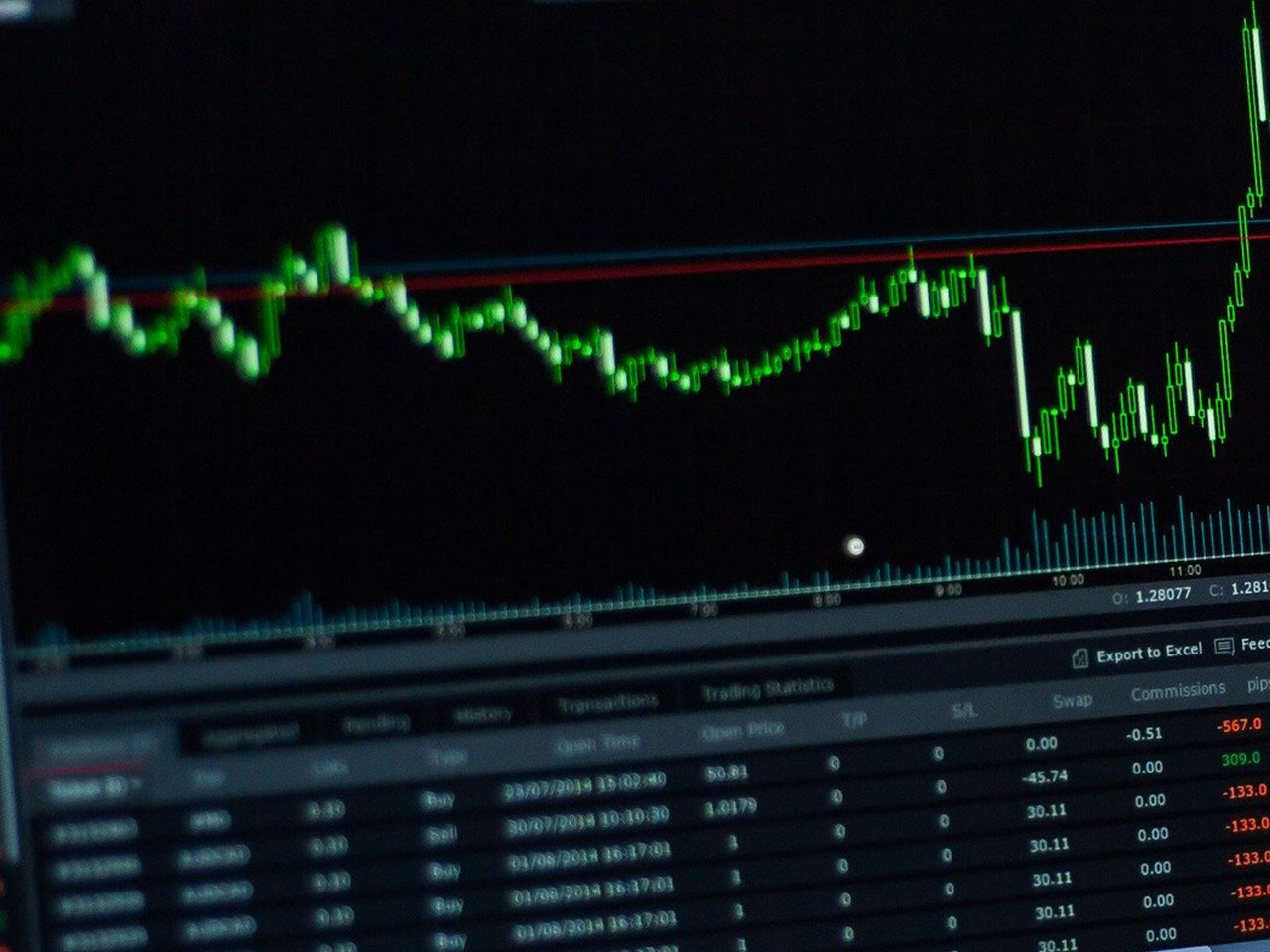HSBC Holdings PLC, a stalwart in the financial services sector, continues to draw the attention of investors with its diversified banking operations and substantial market capitalisation of $154.75 billion. Despite a challenging backdrop, HSBC remains a key player on the London Stock Exchange, offering a range of banking and financial products worldwide. As investors consider their portfolios, an understanding of HSBC’s current position and future prospects is essential.
Trading at a current price of 885.9 GBp, HSBC’s stock price has seen fluctuations within a 52-week range between 625.80 and 942.50 GBp. The minimal price change of 1.10 GBp (0.00%) suggests stability in the short term, but investors might be concerned about the bank’s revenue growth, which has seen a decline of 16.30%.
One of the standout figures for HSBC is its forward P/E ratio, which is a staggering 631.28. This figure indicates that investors may be expecting significant future profits, but it also raises questions about current valuation levels. The absence of a trailing P/E ratio and other valuation metrics further complicates the assessment of the bank’s current market value.
HSBC’s Return on Equity (ROE) stands at a respectable 10.96%, reflecting the company’s ability to generate profits from its equity base. Earnings per share (EPS) are reported at 0.80, providing a glimpse into the bank’s profitability. However, with net income and free cash flow data not available, investors might find it challenging to gauge the bank’s overall financial health.
For yield-seeking investors, HSBC offers a dividend yield of 5.68%, with a payout ratio of 59.18%. This dividend yield is attractive, especially in a low-interest-rate environment, but the sustainability of this payout is worth considering given the current revenue challenges.
The analyst community appears divided on HSBC’s prospects. With six buy ratings, nine hold ratings, and one sell rating, sentiment is mixed. The target price range between 785.26 and 1,167.47 GBp reflects this uncertainty, with an average target of 911.05 GBp suggesting a potential upside of 2.84%.
From a technical perspective, HSBC is trading above its 50-day moving average of 868.46 GBp, but significantly above its 200-day moving average of 802.35 GBp. The Relative Strength Index (RSI) of 40.90 indicates that the stock is not in overbought territory. Additionally, the MACD at 4.52 and a signal line of 4.12 suggest a potential bullish trend, although investors might remain cautious given the broader financial metrics.
Founded in 1865 and headquartered in London, HSBC’s operations span across Wealth and Personal Banking, Commercial Banking, and Global Banking and Markets. These segments serve a diverse clientele, from personal banking customers to government and institutional clients, reinforcing HSBC’s position as a global banking powerhouse.
For investors, HSBC presents a complex picture. The bank’s significant market presence and attractive dividend yield are counterbalanced by revenue shrinkage and high forward P/E ratio, prompting a careful evaluation of risk and reward. As HSBC navigates a challenging financial landscape, potential investors should weigh these factors to align with their investment strategies.










































